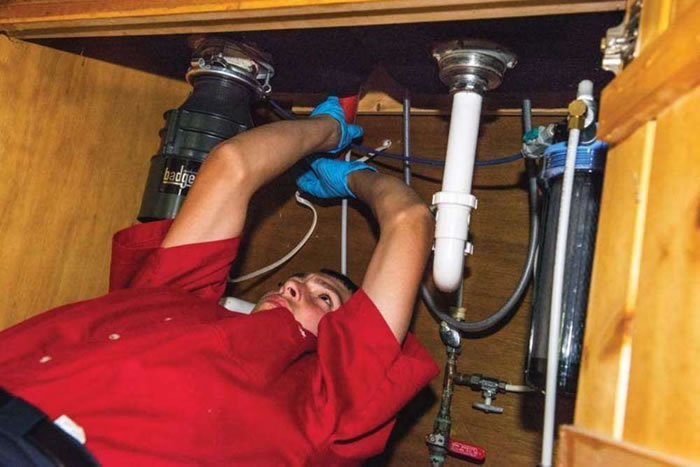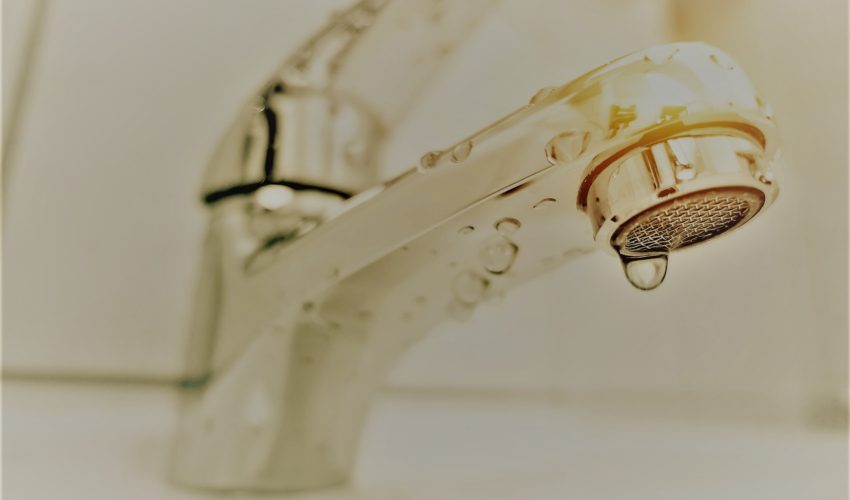Trusted Techniques for Fixing Low Water Pressure in Your Home
Trusted Techniques for Fixing Low Water Pressure in Your Home
Blog Article
The content in the next paragraphs about Dealing with Low Water Pressure in Your Home is absolutely interesting. Don't overlook it.

Low tide stress in your home can be a discouraging issue, influencing whatever from showering to washing dishes. If you're experiencing weak water circulation, there are a number of possible causes and solutions to explore. In this overview, we'll review typical reasons for low water stress and functional steps to resolve the concern efficiently.
Intro to Low Water Stress
Low tide pressure happens when the circulation of water from your faucets, showers, and various other fixtures is weak than typical. This can make everyday jobs more tough and much less reliable. Comprehending the causes of low tide pressure is crucial to discovering the appropriate remedy.
Typical Sources Of Low Tide Pressure
Faulty Stress Regulators
Pressure regulators are in charge of preserving constant water stress in your house. If they malfunction, it can result in low tide stress or unequal circulation throughout your house.
Community Water Supply Issues
Often, the problem lies outside your home. Metropolitan water system problems, such as main line leaks or maintenance work, can momentarily decrease water stress in your area.
Pipe Obstructions
In time, pipelines can come to be clogged with mineral deposits, sediment, or debris, limiting the circulation of water. This is a typical issue in older homes with galvanized steel pipes.
Corrosion
Rust within pipelines can bring about leakages and lowered water pressure. Rust buildup can constrict water flow, particularly in maturing plumbing systems.
Exactly How to Detect Low Tide Pressure
Examining Pipelines
Inspect visible pipes for indications of leakages, deterioration, or clogs. Pay attention to any type of uncommon audios, such as knocking or rattling pipelines, which could indicate issues within the plumbing system.
Consulting with a Plumber
If you're unable to identify the reason for low water stress, consider working with an expert plumber to perform an extensive examination. They can identify underlying concerns and advise appropriate services.
Examining Faucets and Fixtures
Start by examining the water stress at various faucets and fixtures throughout your home. If the issue is separated to certain locations, it might suggest local issues.
Do It Yourself Solutions to Deal With Low Water Pressure
Flushing Water Heater
Sediment build-up in the water heater can limit flow and lower effectiveness. Purging the storage tank periodically assists remove sediment and keep ideal efficiency.
Inspecting Stress Regulator
Make sure that the pressure regulator is operating properly. Readjusting or replacing the regulatory authority can aid bring back correct water stress throughout your home.
Cleaning Up Aerators and Showerheads
Natural resources can build up in aerators and showerheads, lowering water flow. Eliminate and cleanse these components consistently to improve water pressure.
Clearing Up Clogs in Pipes
For minor obstructions, attempt using a plumbing snake or chemical drainpipe cleaner to clear blockages in pipes. Beware when using chemicals and comply with safety and security standards.
When to Call a Professional Plumber
If DIY efforts stop working to settle the issue or if you presume substantial plumbing troubles, it's best to seek support from an accredited plumber. They have the expertise and tools to deal with complicated problems securely and properly.
Safety Nets to Keep Water Stress
Installing a Pressure Booster
Consider installing a pressure booster pump to enhance water stress in locations with consistently low flow. This can be especially advantageous for multi-story homes or buildings with high-demand components.
Surveillance Water Usage
Be mindful of water usage practices and prevent overtaxing the plumbing system. Simple changes, such as staggering showers and laundry lots, can assist preserve appropriate water pressure.
Regular Maintenance
Set up regular upkeep for your plumbing system to avoid issues such as corrosion, leaks, and blockages. Attending to small troubles early can aid stay clear of more significant repair work later.
Conclusion
Taking care of low water stress can be irritating, yet recognizing the underlying reasons and carrying out ideal services can recover optimal flow throughout your home. Whether it's cleaning aerators, checking pipes, or seeking advice from a plumber, taking positive actions can guarantee a steady supply of water for your everyday demands.
FOUR WAYS TO FIX LOW WATER PRESSURE NOW
Turning on a shower or faucet only to find the water comes out in a sad, slow drizzle is never a good feeling. How exactly are you supposed to wash a pan or take a quick shower when it takes 10 minutes just to rinse off a little soap? The good news is that when your water pressure is bad, there's always a cause: typically one that can be easily fixed. Here are some of the most common causes of low pressure and what you can do to fix the issue:
DEBRIS AND MINERAL DEPOSIT BUILDUPS
If you notice low water pressure from just one or two of the fixtures in your house, the problem likely has to do with debris buildup. Water is full of minerals and other debris, all of which can accumulate in your pipes and on your fixtures. This can cause a blockage that affects how much water flows through. To fix this, try filling a small plastic bag with white vinegar, and use a rubber band to hang it around your showerhead or faucet. Let the head of the fixture soak for a few hours, and the vinegar should loosen the deposits.
WATER LEAKS
Leaks are another common cause of low water pressure. If water is flowing out of your plumbing through a hole or crack before it can reach your fixture, the pressure coming out of the faucet or showerhead will be lower. A plumbing professional is your best bet for finding and repairing a leak in your water supply pipes.
Leaks are another common cause of low water pressure. If water is flowing out of your plumbing through a hole or crack before it can reach your fixture, the pressure coming out of the faucet or showerhead will be lower. A plumbing professional is your best bet for finding and repairing a leak in your water supply pipes.
A VALVE ISSUE
If you have low water pressure throughout your home, check your main shut-off valve to make sure it's completely open. You may also want to see if there's a pressure-reducing valve installed. If there is, have a plumber help you adjust the settings to get the pressure you're looking for.
OTHERS USING WATER
Believe it or not, your low water pressure could be caused by your neighbors. If you notice low pressure at certain times of day, it may be because you and the people living next to you have similar schedules - when everyone is showering at the same time, the pressure will be lower in every home. Low pressure throughout the neighborhood may also be caused by an issue with your municipal water supply. If that's the case, call the supplier to see if they're working on the issue.
https://www.rotorooter.com/blog/water-leaking/low-water-pressure-fixes/

I ran across that blog posting on while perusing the internet. Sharing is good. You won't know, you may be helping someone out. Thanks so much for your time invested reading it.
Schedule Estimate Report this page